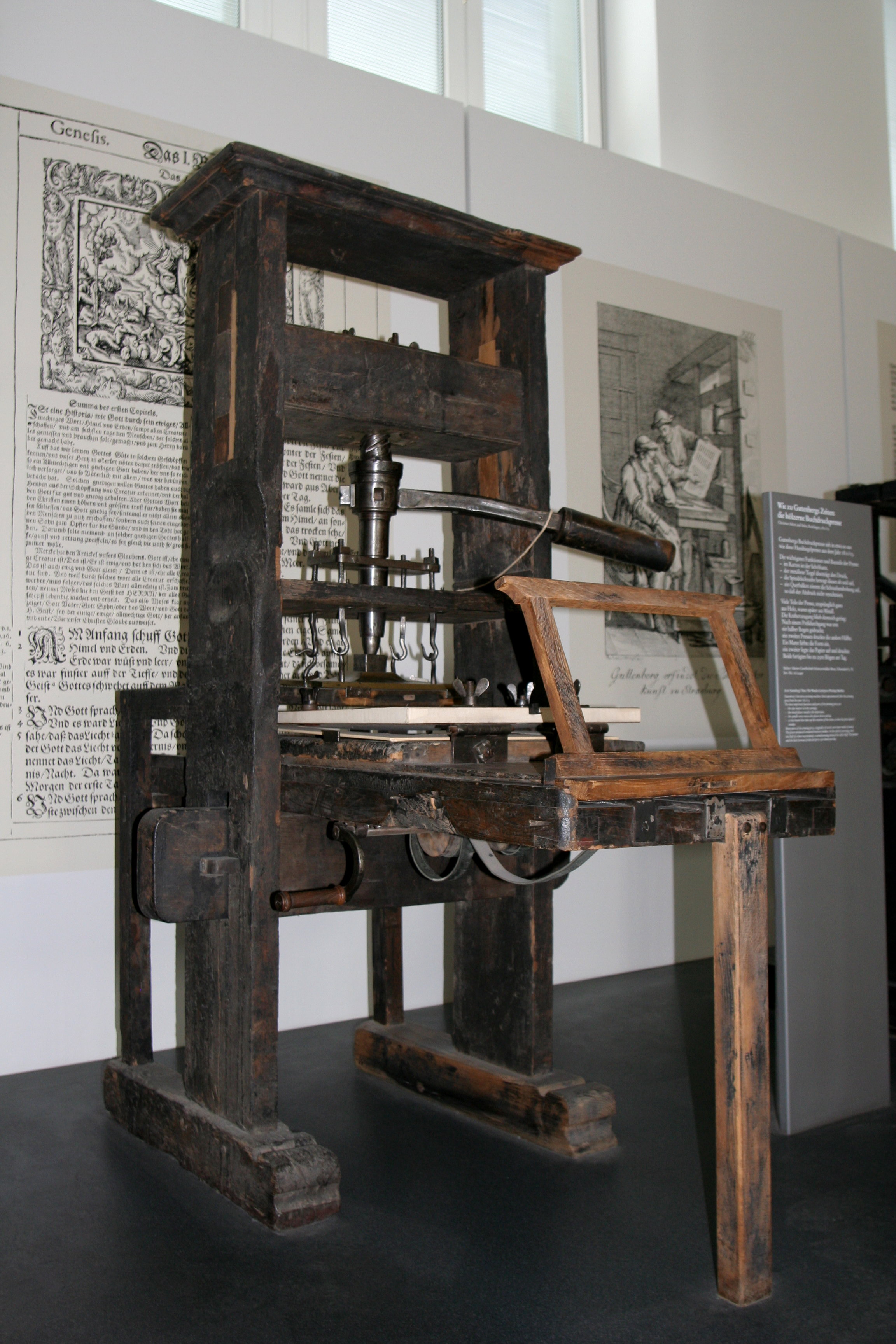For the next topic we start with a writting about a culture that we found interesting; So, I wrote about the Maori Culture, I found this culture very amazing, in their rituals and forms of organzation in a type of comunity, also in the meaning in their symbols and tattoos. This is my writting.
Culture is a complex
system of behavior, values, beliefs, traditions and artifacts, which is
transmitted through generations. Cultures are an amalgamation of so many different elements like history, art, cuisine,
language and many other tangible and non-tangible aspects. Studying a single
culture in-depth requires immense effort and time to fathom the core values and
fundamentals, this time we want to talk about Maori culture.
The Māori community is said to have
its roots on the islands of Polynesia. By nature, Māori ancestors were
excellent at navigation, seafaring and astronomy. The first Māori are believed
to have arrived in New Zealand in their traditional waka (canoes) around 14th
century AD from an island called Hawaiki, presumably near Hawaii in Polynesia.
Soon, they named their new land as Aotearoa (Māori name for New Zealand)
meaning the 'land of long white cloud'.
Interestingly, the term waka also means a tribe in Māori language. This might
have been on account of separation of members of each waka or canoe into
separate iwi (tribes). Each iwi
was further divided into hapu (smaller clans). Members of these clans were
treated as extended family. Members of each hapu were encouraged to pick their
life partners from within their own clan. Each member of a particular tribe
shared a common ancestry and exhibited loyalty to their respective chieftains. The Māori stayed in traditional style
houses known as wharenui. These structures had slanting roofs and wooden
pillars carved with intricate designs that were dedicated to their deities or
tribal chieftains. Māori people made their clothing out of flax fiber called muka
or bird feathers. Clothes would be dyed in colors such as black, tan, or yellow
and designed to look like kilts or long cloaks. Both men and women wore
traditional Māori jewelry. Hei-tiki is popular piece of ornamental jade pendant
worn by women in this community.

The Maori food is known as kai and is cooked in a natural earthen oven called
hāngi. Basically, it is a shallow space dug in the ground. A fire is lit, on
which stones are placed and heated. When the stones get really hot, marinated
meat and vegetables are placed on them. The
food is then covered with wet sacks. The traditional maorí diet consisted of
sea-food, fowl meat, wild herbs, potato/sweet potato breads, manuka honey, and
dried algae. Māori people made their clothing out of flax fiber called muka or
bird feathers. Clothes would be dyed in colors such as black, tan, or yellow
and designed to look like kilts or long cloaks.
According to Māori mythology,
creation of their deities and human beings began with first parents,
Papatūānuku (Earth, the mother) and Ranginui (Sky, the father). They had 70
male children, including eight divine offspring known as: Tāne Mahuta (the god
of humans, forests, birds, and animals), Haumia tiketike (the god of
uncultivated food), Rongomatane (the god of peace and agriculture) Tāwhirimātea
(the god of weather), Ruaumoko (the god of earthquakes), Tangaroa (the god of
the sea), Tūmatauenga (the war god), Whiro (the god of darkness and evil). In maorí village they have a sacred área
called The marae that was generally
located in front of whare runanga (communal meeting house). Traditional Māori
life practically revolved around the marae. Customs such as christening
ceremony, weddings, tangihanga (funerals) and tribal reunions took place in
this area. Traditionally, the Māori believe that all things, alive or
inanimate, are connected by common descent to gods who resided in mountains,
rivers and lakes. Probably due to this belief, the Māori community had strong
ties with nature and land, in particular. They also believed that everything
possessed a mauri (lifeforce) and wairua (spirit).
Probably, Māori community is best known for their tattoo art. In fact, the word
tattoo has its origin in the Polynesian word tatau which refers to marking
something. They literally involved cutting of skin surface and inserting a
special ink derived from caterpillars to create beautiful designs. Also they has
the Carving that was an intrinsic part of Māori routine life. Traditionally,
carvers were considered as agents through whom the Gods communicated and were
held in high esteem out of respect.

Today, the Māori language or te reo
Māori is one of the official languages of New Zealand. A lot of original Māori
words have now been absorbed in New Zealand English language, for instance,
kiwi (an exotic bird or kiwi fruit) and kea (a parrot species). Also, A set of
proverbial sayings, called whakataukī, is quite popular in Māori community.
Normally, at any social gatherings, the tangata whenua (hosts) welcome their
manuhiri (guests) by performing traditional dance forms called haka and
powhiri. A haka dance signifies respect for the guests, while a powhiri
performance means that the community is welcoming the guest. These performances
are accompanied by shouts and action songs. Traditional
Māori music or Te Pūoro Māori involved songs that were sung as solos, duets or
in unison. Vocal songs or waiata were often accompanied by music played on
traditional musical instruments such as flutes, bull-roarers and trumpets
created from wood.
The symbols of a culture define it. Wisdom of the Maoris seeps through the
symbols that represent their ethos, and for that every symbol in Maori culture
has a different meaning and idea associated with it. This symbolism is
expressed in the form of carvings in wood, bone and certain types of stone.
They represent the spiritual connection of man with the nature.













